Kayaking offers enthusiasts a unique way to explore nature’s waterways, but it also carries inherent risks. The following accounts highlight 10 real-life U.S. kayaking trips that ended in disaster and death, underscoring the importance of safety and preparedness in this popular activity.
1. Tragedy on Yellow Breeches Creek
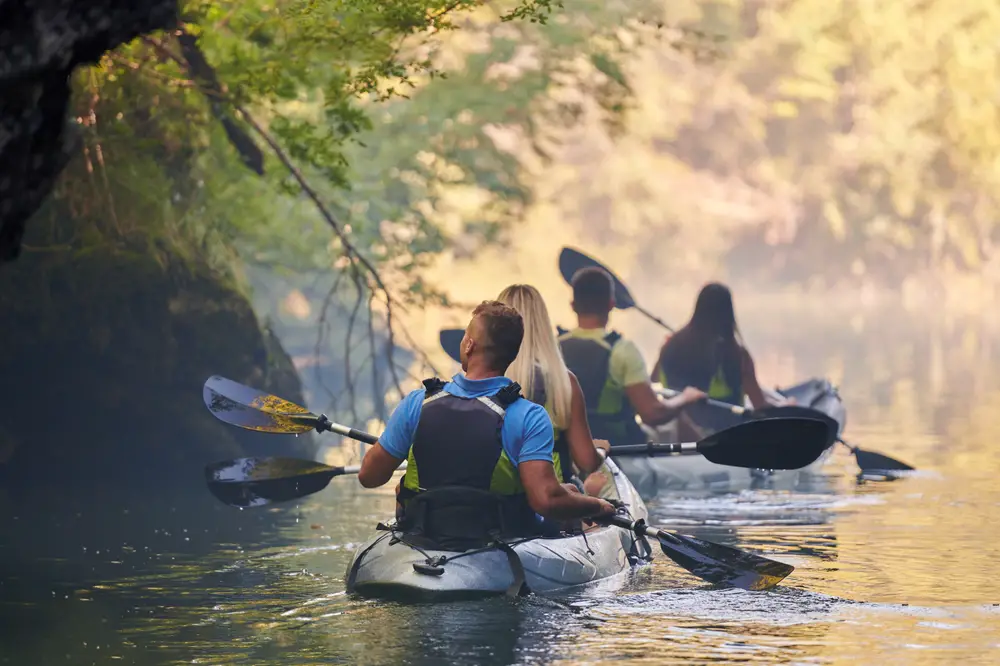
In August 2024, 10-year-old Matthew Coffroth Jr. embarked on a kayaking trip with family and friends on Pennsylvania’s Yellow Breeches Creek. Shortly after launching, the group encountered heavy debris, causing Matthew’s kayak to capsize. Despite immediate rescue efforts, he was swept away by the current. After an extensive four-day search involving over 250 personnel, his body was discovered approximately a mile downstream, highlighting the unpredictable dangers present even in familiar waterways.
2. Lake McLeod Drowning
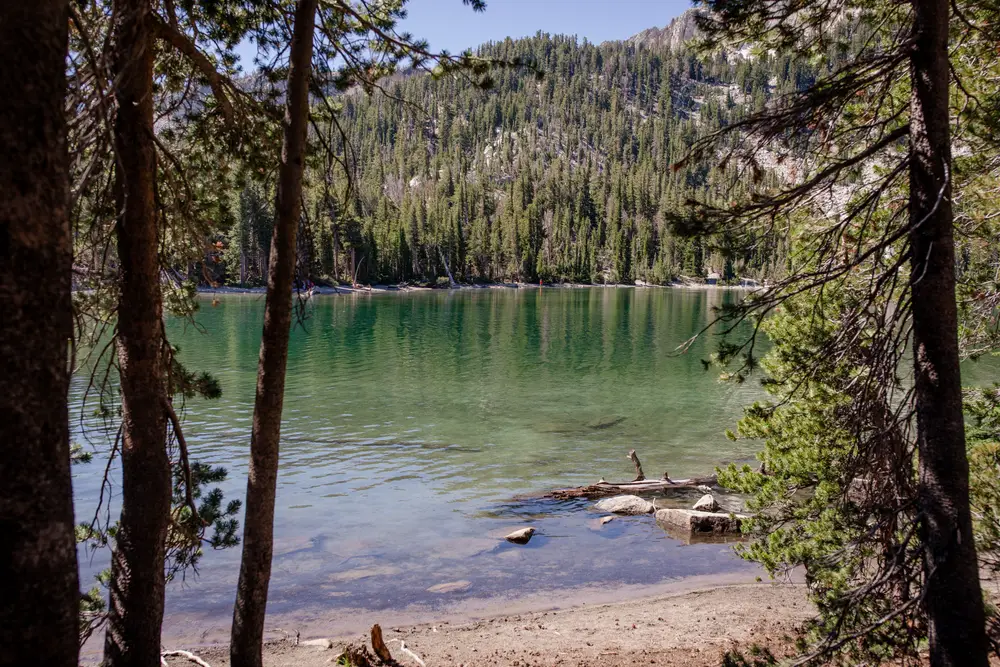
Eighteen-year-old Aaron Tillman, a high school football standout from Eagle Lake, Florida, decided to kayak on Lake McLeod in May 2024. Without prior kayaking experience and unable to swim, Aaron ventured onto the lake without a life jacket. When he fell into the water, his friend attempted a rescue but was unsuccessful. Rescue teams recovered Aaron’s body 14 hours later, emphasizing the critical importance of wearing personal flotation devices and understanding one’s limitations on the water.
3. Storm-Fueled Tragedy at Singing Pines
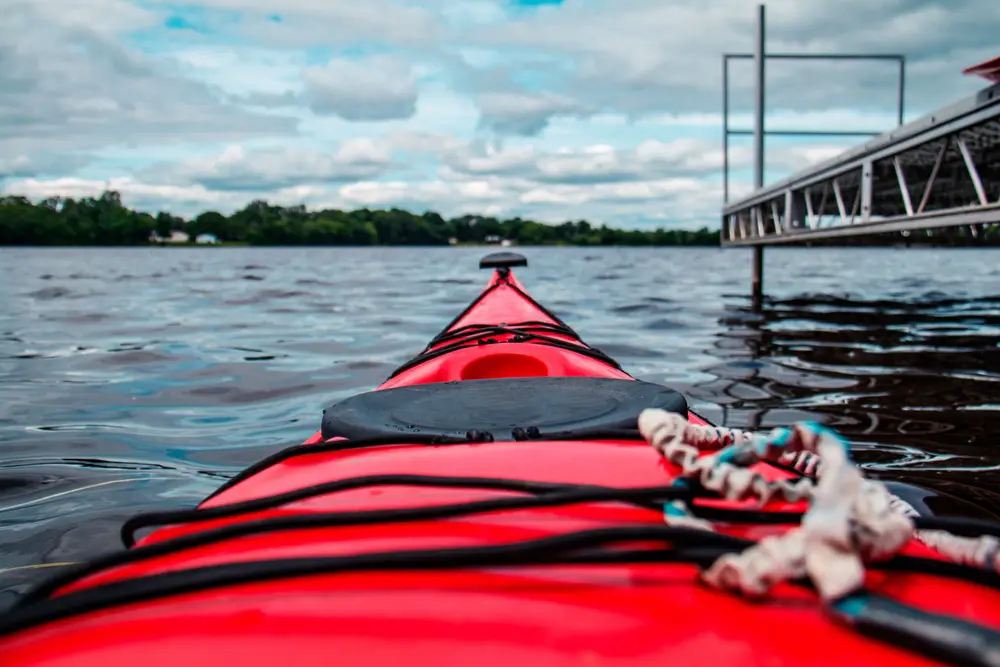
In August 2024, 19-year-old Joshua Scott Edwards was kayaking near Singing Pines Recreation Park in South Carolina when a sudden storm approached. Attempting to return to shore, Joshua fell from his kayak and disappeared beneath the turbulent waters. Rescue operations commenced immediately, and his body was found the next day in 11 feet of water, just 20 yards from shore. Authorities confirmed he was not wearing a life jacket, underscoring the necessity of monitoring weather conditions and always wearing appropriate safety gear.
4. Fatal Capsize on the Youghiogheny River
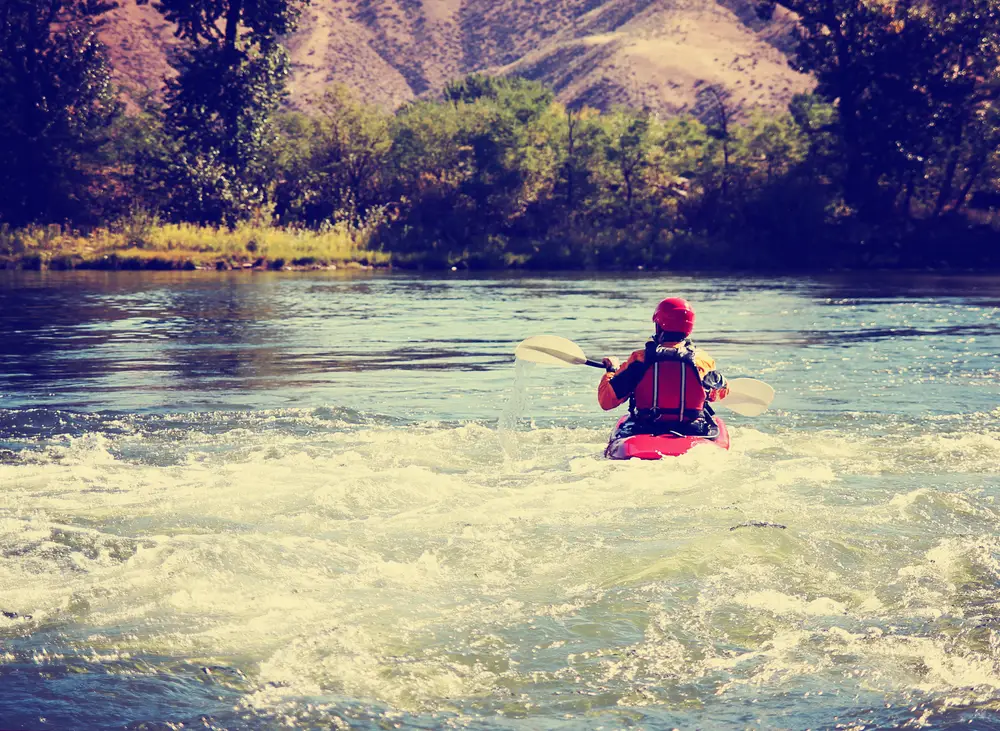
The Youghiogheny River in Pennsylvania is renowned for its challenging rapids, particularly the Lower Yough section. Over the years, this area has witnessed multiple fatalities, with at least 19 deaths reported. A significant number of these incidents occurred at Dimple Rock, a notorious rapid where undercurrents have trapped paddlers. These tragedies highlight the river’s deceptive dangers and the essential need for thorough scouting and adherence to safety protocols when navigating such treacherous waters.
5. Misjudged Waters on the Potomac River
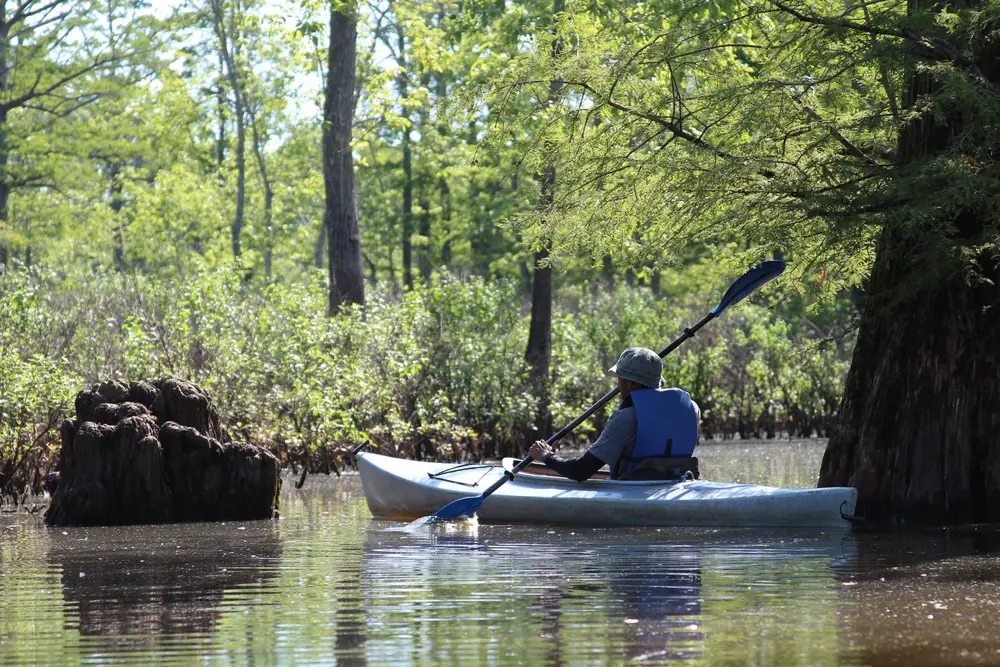
In June 2023, an experienced kayaker underestimated the Potomac River’s swiftly changing conditions near Great Falls, Virginia. Despite favorable weather forecasts, sudden heavy rainfall upstream led to a rapid increase in water flow. Caught off guard, the kayaker was swept into Class V rapids, where his kayak capsized. Rescue teams recovered his body downstream hours later, illustrating the unpredictability of river conditions and the importance of continuous monitoring.
6. Ill-Fated Solo Expedition on Lake Superior
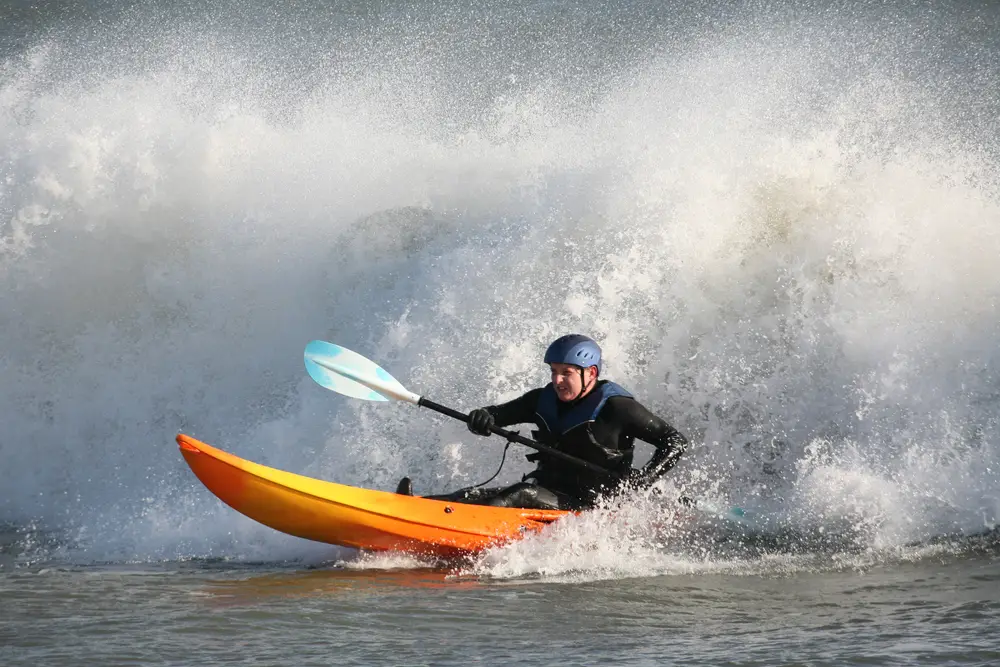
A seasoned kayaker set out alone on Lake Superior in September 2022, aiming to traverse a challenging 15-mile route. Despite clear skies, the lake’s notorious sudden storms emerged, bringing high winds and waves. Without immediate assistance, the kayaker’s vessel capsized, and he succumbed to hypothermia before rescuers could reach him. This incident underscores the perils of solo kayaking in vast bodies of water and the necessity of checking detailed marine forecasts.
7. Unexpected Swells in the San Francisco Bay
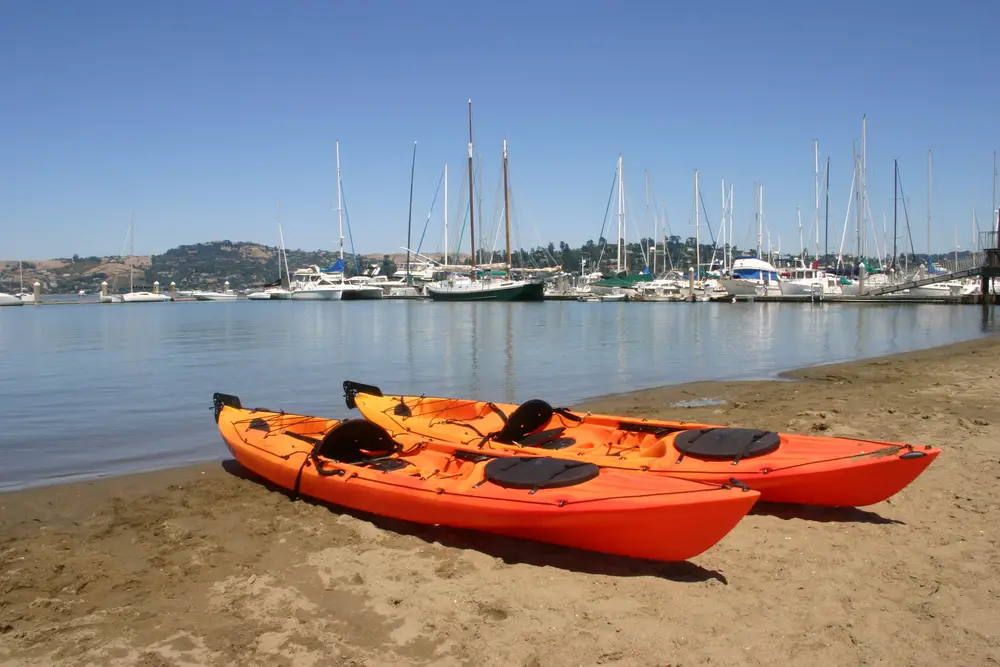
In April 2021, two friends embarked on a kayaking trip in the San Francisco Bay, unaware of an incoming tidal surge. As they paddled near the Golden Gate Bridge, powerful swells overturned their kayaks. One individual was rescued by a nearby boat, but the other was pulled under by strong currents and drowned. This tragedy highlights the importance of understanding tidal patterns and local maritime conditions before setting out.
8. Cold Shock in the Puget Sound
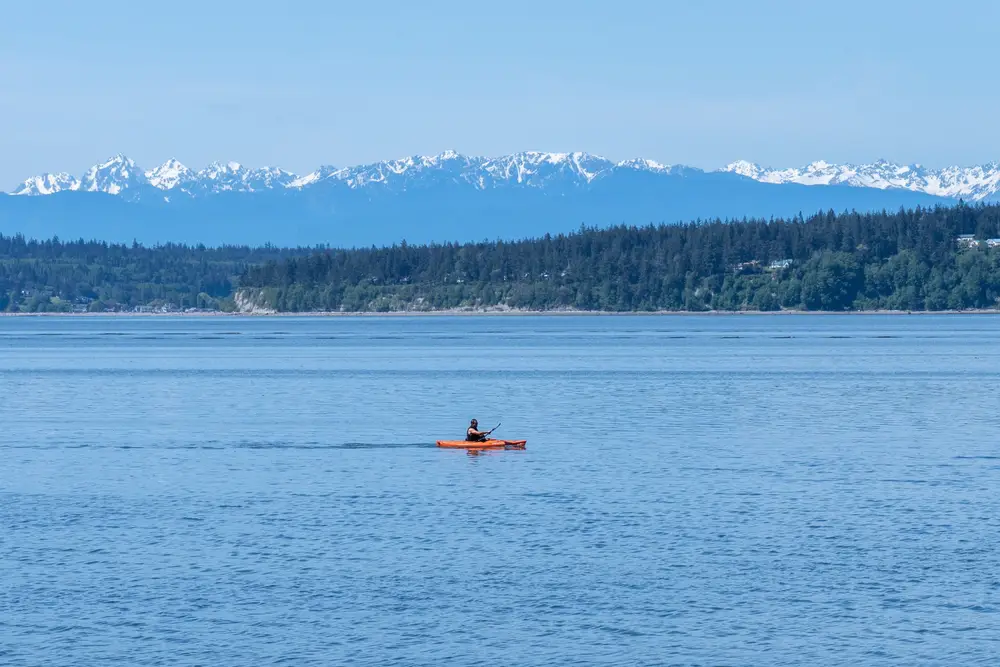
A group of kayakers ventured into Washington’s Puget Sound in March 2020, not anticipating the dangers of cold water immersion. When one kayak capsized, the paddler, without a wetsuit, was exposed to frigid waters. He quickly experienced cold shock, leading to cardiac arrest before help could arrive. This incident emphasizes the critical need for appropriate thermal protection when kayaking in cold environments.
9. High Water Hazards on the Chattahoochee River
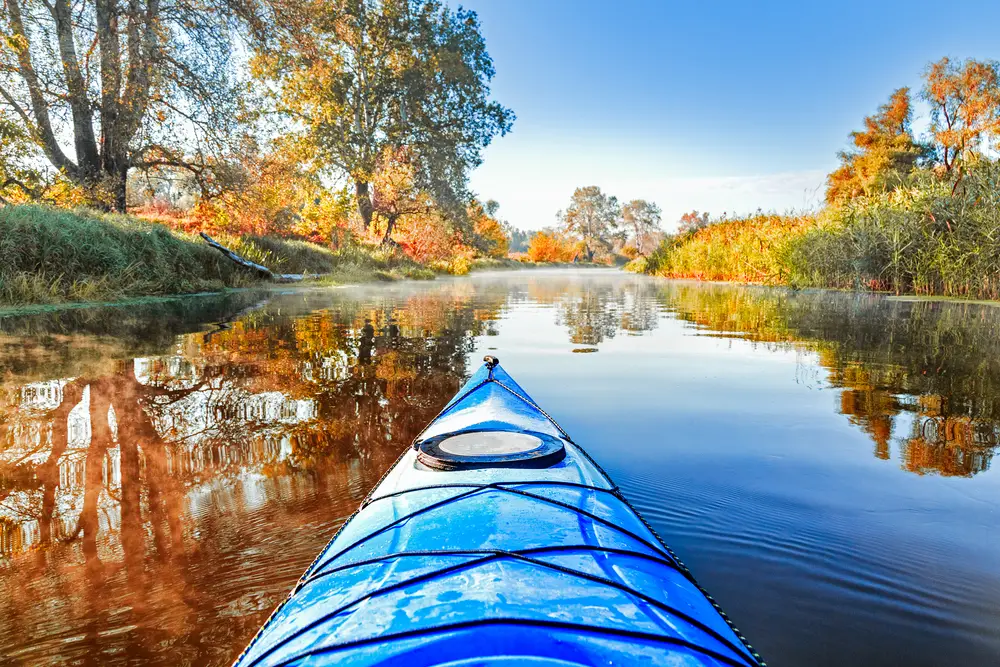
Following heavy rainfall in July 2019, a kayaker attempted to navigate the swollen Chattahoochee River in Georgia. Underestimating the river’s increased flow and hidden debris, his kayak struck a submerged obstacle and capsized. Despite wearing a life jacket, he was trapped underwater by strong currents and drowned. This event highlights the dangers of paddling in rivers affected by recent storms and the necessity of assessing water conditions beforehand.
10. Equipment Failure on the Colorado River
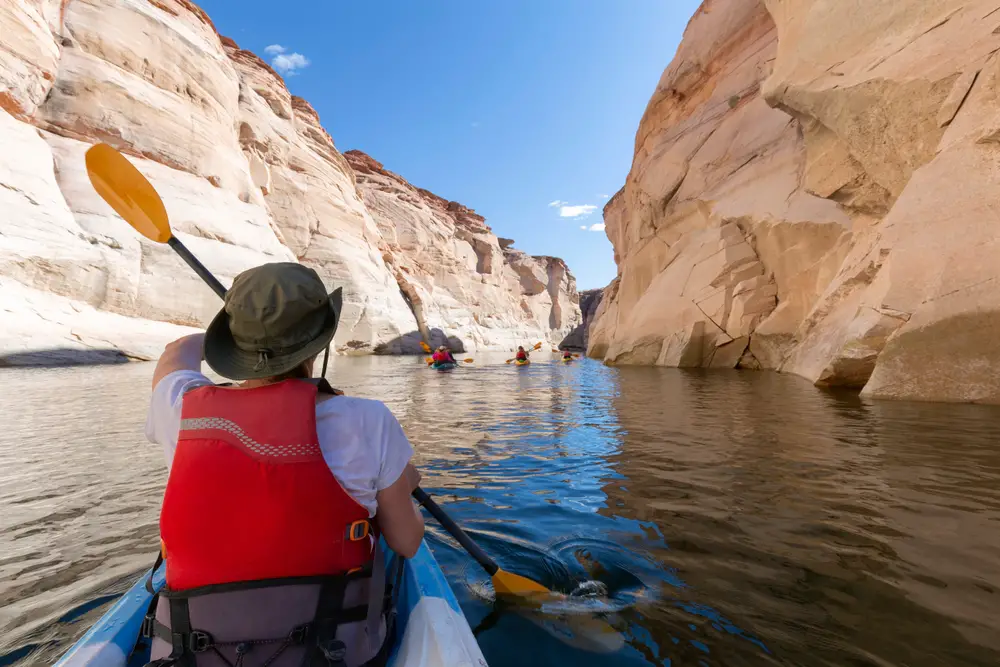
In May 2018, a group embarked on a multi-day kayaking trip down the Colorado River. Mid-journey, one kayaker’s vessel developed a severe leak due to unnoticed damage. The kayak sank rapidly in a remote section of the river, and the paddler, separated from the group, was unable to reach the shore. His body was found days later. This tragedy underscores the importance of regularly inspecting equipment for wear and damage to prevent such catastrophic failures.
These incidents serve as sobering reminders of the potential dangers associated with kayaking. Proper preparation, respect for nature’s unpredictability, and adherence to safety measures can mean the difference between a successful trip and tragedy. Even experienced kayakers can find themselves in perilous situations if they fail to account for environmental risks, equipment failures, or sudden changes in weather. In the case of the Colorado River accident, the kayaker’s isolation and lack of immediate rescue options further heightened the danger, emphasizing the importance of carrying emergency communication devices such as satellite phones or personal locator beacons.
